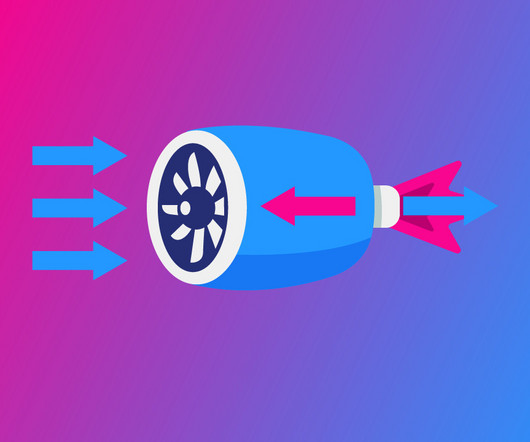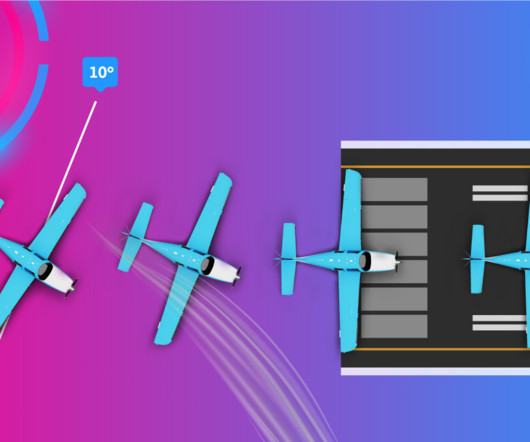Quiz: Basic Aircraft Aerodynamics
Flight Training Central
MAY 7, 2024
As much as it seems sometimes that airplanes fly by magic, it’s important for every pilot to understand at least the basic fundamentals of aerodynamics. Understanding these concepts will create a smoother and safer pilot. The four forces acting on an airplane in flight are lift, weight, thrust, and drag.











Let's personalize your content